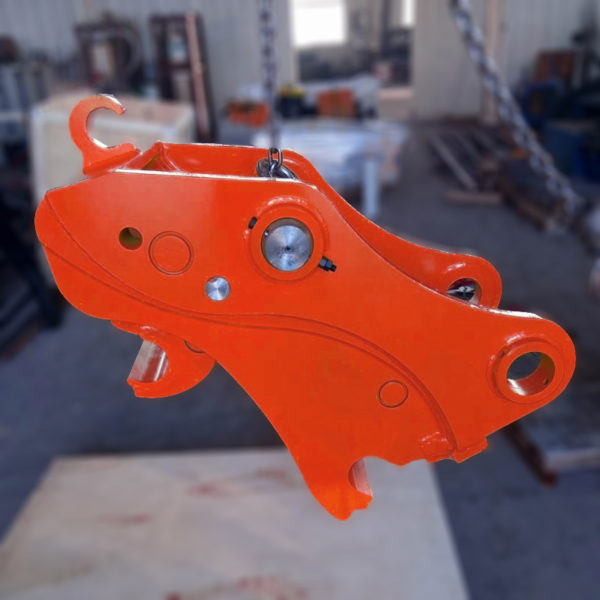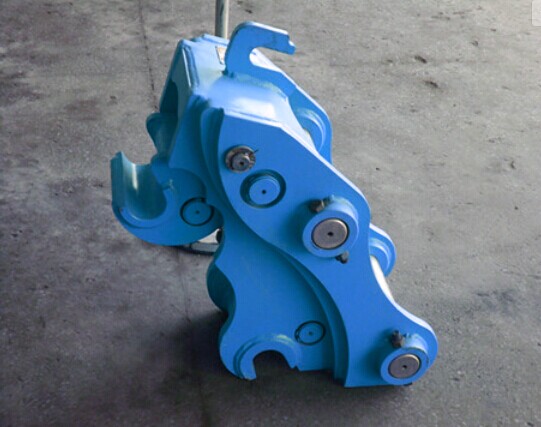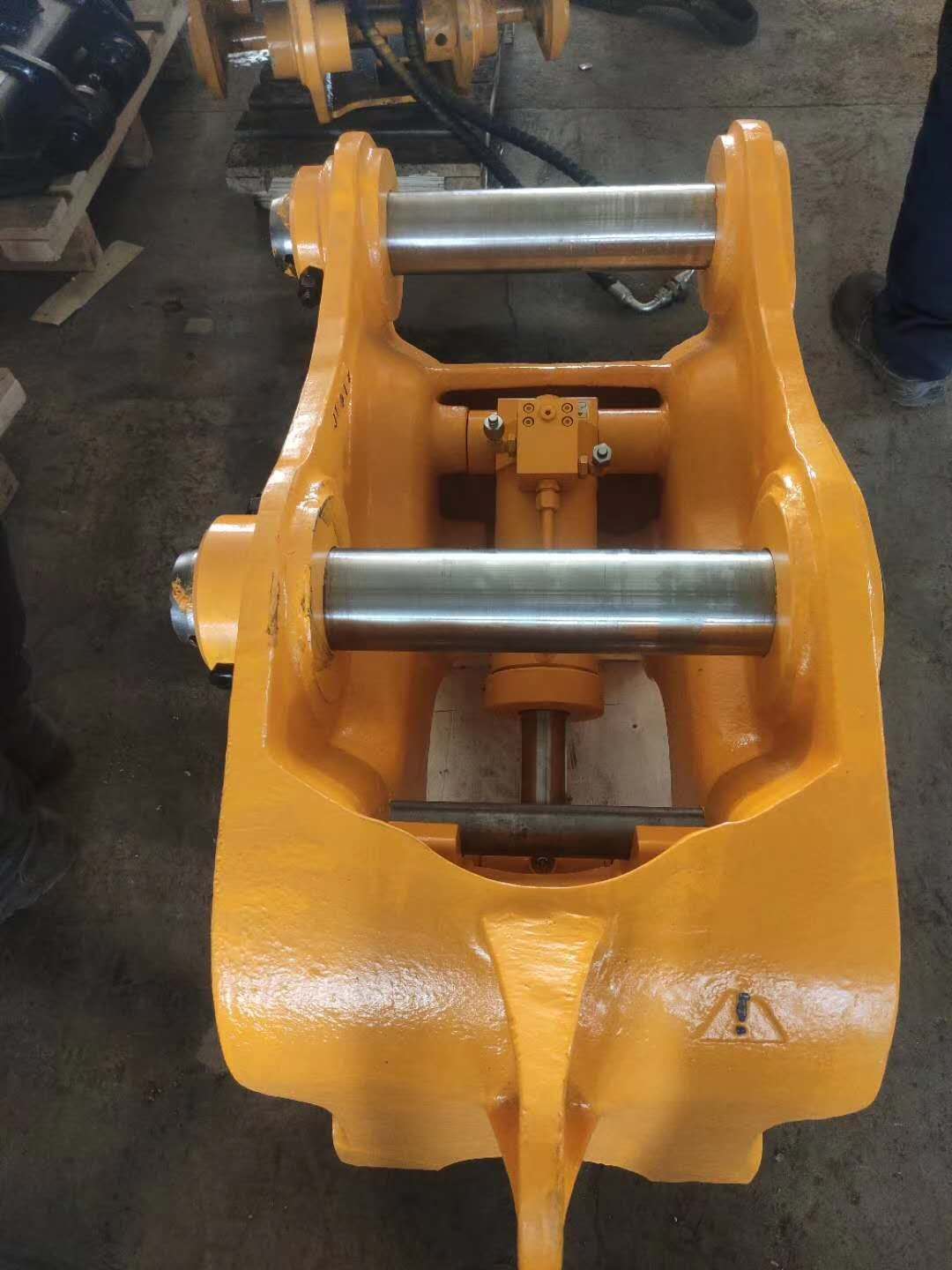 HuiTong
HuiTong  2025-06-13
2025-06-13
Product classification: According to different working principles, excavator quick hitch coupler can be divided into hydraulic drive type, mechanical type, and butter drive type.

1. Hydraulic drive type: The excavator quick hitch coupler is installed with two sets of oil circuits to the quick-change joint through the oil pump sub-control valve of the excavator itself, and the demand for replacing the working parts of the excavator is achieved through the hydraulic drive cylinder.
Advantages: great strength, high stability, and the simplest operation, just control the oil circuit switch;
Disadvantages: Adding a routing system and hydraulic cylinders has relatively high cost, and there is a risk of missed targets caused by personnel misoperation of the oil circuit switch.

2. Mechanical: Adjust the distance of the movable block by rotating the mechanical screw, so as to realize the ability to disassemble and install the working parts of the excavator.
Advantages: simple structure and low cost;
Disadvantages: Due to the long-term high-strength reciprocating movement of the excavator working parts, the mechanical screw is prone to loosening and thread damage. Because the working environment of the excavator is relatively harsh, it is more laborious to rotate the thread during disassembly and installation. The mechanical type is bound to be eliminated.

3. Butter-driven type: The purpose of tensioning the movable block is achieved by injecting butter into the quick-change joint cylinder.
Advantages: good stability, lower cost than hydraulic type, eliminating the need for oil system, and avoiding human misoperation.
Disadvantages: The excess butter needs to be discharged when disassembling, which results in environmental pollution and butter waste, which is more cumbersome than hydraulic replacement.